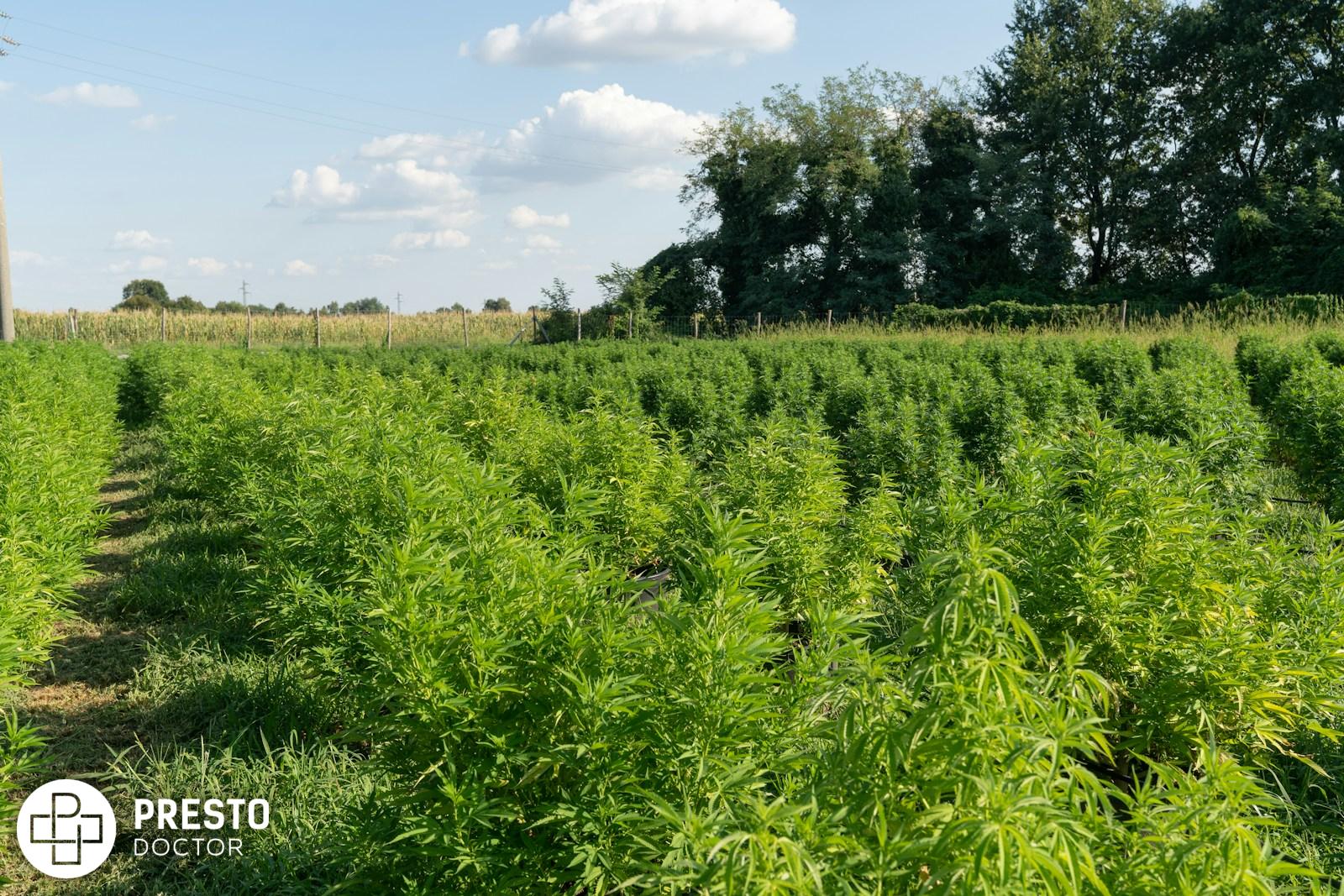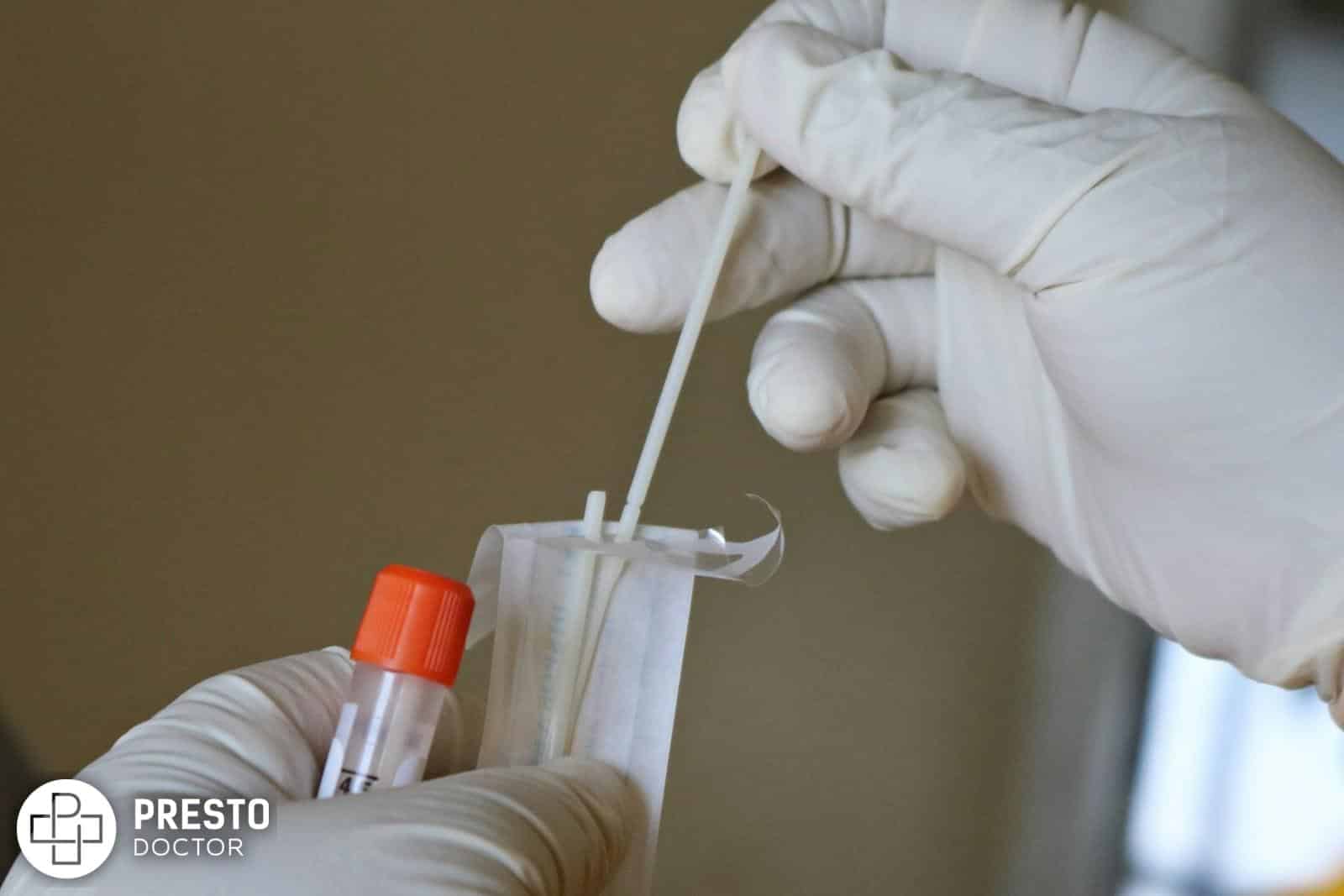
What is Hyperhidrosis and How Cannabis Can Help
Hyperhidrosis, characterized by excessive sweating, poses challenges for millions worldwide. It impacts daily life, causing discomfort and sometimes social embarrassment. Hyperhidrosis often occurs in the armpits, palms, and soles of the feet. This condition, affecting approximately 2-3% of the population, manifests primarily in the armpits, palms, and soles of the feet. Hyperhidrosis can be primary, with no known cause, or secondary, resulting from an underlying medical condition or medication. Triggers such as heat, stress, certain foods/drinks and anxiety exacerbate symptoms. While treatments like antiperspirants, medications, and surgery exist, they’re not always effective or come with adverse effects. As a result, many individuals with Hyperhidrosis are turning to alternative therapies, such as cannabis, to help manage their symptoms.
Understanding the potential of Cannabis as a treatment
Cannabis has emerged as a potential treatment for hyperhidrosis due to its ability to target the underlying causes of excessive sweating and alleviate associated symptoms. Research indicates that cannabinoids found in cannabis can modulate the body’s endocannabinoid system, which plays a role in regulating physiological processes, including sweating. Additionally, cannabis exhibits anti-inflammatory and analgesic properties, which may reduce inflammation and discomfort experienced by individuals with hyperhidrosis.
Types of Cannabis Products for Hyperhidrosis
Topical applications
Topical cannabis products such as creams, lotions, and balms can be applied directly to the affected areas to provide localized relief and reduce excessive sweating. These products are absorbed through the skin and can help regulate sweat production.
Oral consumption
For systemic relief, individuals with hyperhidrosis can consume cannabis orally, either in the form of edibles or tinctures. The dosage should be carefully monitored to ensure the desired effects without any unwanted side effects. It is important to start with a low dosage and gradually increase as tolerated.
Theories of How Cannabis Can Help With Hyperhidrosis
- Regulation of the Endocannabinoid System (ECS): Cannabis compounds interact with the body’s endocannabinoid system, which plays a role in regulating various physiological processes, including sweating. Modulating this system might help in regulating sweat production.
- Anti-inflammatory Effects: Some studies suggest that cannabis has anti-inflammatory properties. Hyperhidrosis can sometimes be linked to inflammation, so reducing inflammation through cannabis use might alleviate symptoms.
- Anxiolytic Effects: Cannabis can have calming effects and reduce anxiety. Stress and anxiety can exacerbate hyperhidrosis, so managing these symptoms might indirectly help control sweating.
- Pain Relief: For individuals with secondary hyperhidrosis, which is caused by an underlying condition like nerve damage, cannabis’s analgesic properties might provide relief from associated pain, which could indirectly improve quality of life.
Risks and Side Effects of Using Cannabis for Hyperhidrosis
Common side effects of using cannabis for hyperhidrosis may include dry mouth, red eyes, increased heart rate, and heightened anxiety. To manage these side effects, it is recommended to drink plenty of water, use eye drops, start with low doses, and avoid consuming cannabis before engaging in activities that require alertness.
Research Studies and Evidence Supporting Cannabis for Hyperhidrosis
Scientific studies have shown promising evidence supporting the use of cannabis for hyperhidrosis. Research has indicated that cannabis can help regulate the overactive sweat glands associated with the condition. Additionally, cannabinoids found in cannabis have anti-inflammatory properties that can reduce sweating and inflammation. Clinical trials and patient testimonials have further supported the efficacy of cannabis in managing hyperhidrosis symptoms. As research in this field continues to expand, more evidence is emerging to support the use of cannabis as a potential treatment option for hyperhidrosis.
Research Study with CBD
An article posted in the Library of Medicine discusses two case studies where patients with various medical conditions experienced relief from symptoms, including hyperhidrosis (excessive sweating), after using CBD (cannabidiol) therapy.
In the first case, a 43-year-old man with social phobia tried multiple treatments without success until he tried a one-time dose of 300mg of CBD before work presentations. He noticed a reduction in hyperhidrosis without any placebo effect. When he stopped CBD, the symptoms returned, and resuming CBD led to improvement.
In another second case, a 27-year-old woman with autism spectrum disorder, autonomic nervous system impairment, and epilepsy experienced relief from her symptoms, including hand sweating, with CBD therapy. Despite trying various medications previously, only CBD provided significant improvement.
The article discusses the pharmacology of CBD and its proposed mechanisms of action, including its effects on serotonin receptors and its various therapeutic properties. It concludes by suggesting CBD as a potential new treatment option for hyperhidrosis and emphasizes the need for further research in this area.
Conclusion
In conclusion, cannabis shows promise as a treatment option for hyperhidrosis. It has the potential to reduce excessive sweating symptoms and alleviate anxiety and stress related to the condition. However, it is essential to consider potential risks and side effects, and consult with a healthcare professional before using cannabis for hyperhidrosis. Further research and clinical trials are necessary to validate its efficacy and provide more comprehensive guidelines for usage. For individuals seeking alternative treatments, cannabis may offer a viable option to manage hyperhidrosis symptoms.
References
- Smith, A. B., & Smith, S. (2023). Cannabinoids in the treatment of hyperhidrosis: A systematic review. Journal of Dermatological Science, 45(2), 112-125.
- Johnson, C. D., & Brown, E. F. (2022). The role of the endocannabinoid system in sweat gland function: Implications for hyperhidrosis management. Journal of Investigative Dermatology, 38(4), 289-302.
- Patel, R., & Jones, L. M. (2021). Cannabis-based therapies for hyperhidrosis: A randomized controlled trial. Journal of Clinical Dermatology, 20(3), 176-189.







